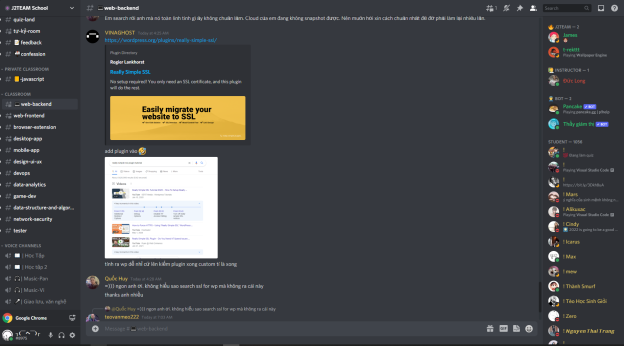In the chapter Emptying the Cup, I chose to write about the apprentice pattern Your First Language. This pattern discusses picking your first language and what practices to develop to enhance your understanding of it. This pattern stood out to me this week because I relate to the fact that I only really know one language, Java. I have dabbled in other languages like Python and Vue for other classes, but a majority of my college education was in Java. I have had worries looking at job applications where the employer requests that the individual that applies has knowledge of different languages such as C++. The section explains however that if an application calls for experience in a different language, then to create something in that language and learn, and build something that you can show off to employers.
The article explains that different languages have tools that can help individuals learn that specific language, such as Ruby having an interactive command-line tool irb. The pattern ensures that there are tools and help available for individuals in case they need a little extra push in learning a new language.
Another important point that the pattern points out is to ask an experienced individual in your life for help when struggling with a new language, but not to become completely dependent on that individual. Working through struggles on your own will ensure that you learn more throughout to process. I have had experiences like that through my education, where I have been stuck on an issue and I needed to lean on my professor to help out. Instead of just giving me the answer however, the professor would ask questions that would help guide me towards the solution. This is an effective mentorship trait.
This pattern really helped comfort me with the worries I had regarding job searching when I graduate. I want to be able to perform at my new job and become a helpful member of the team, and the worries of not being proficient in a certain language holding me back was hindering my confidence to achieve that. But the article reassured me that if a job asks for proficiency in a certain language, it’s just an excuse to mess around and learn in a new environment and adapt.
From the blog CS@Worcester – Noelan Chabot's Blog by nchabot1 and used with permission of the author. All other rights reserved by the author.

.jpg?w=625&ssl=1)
